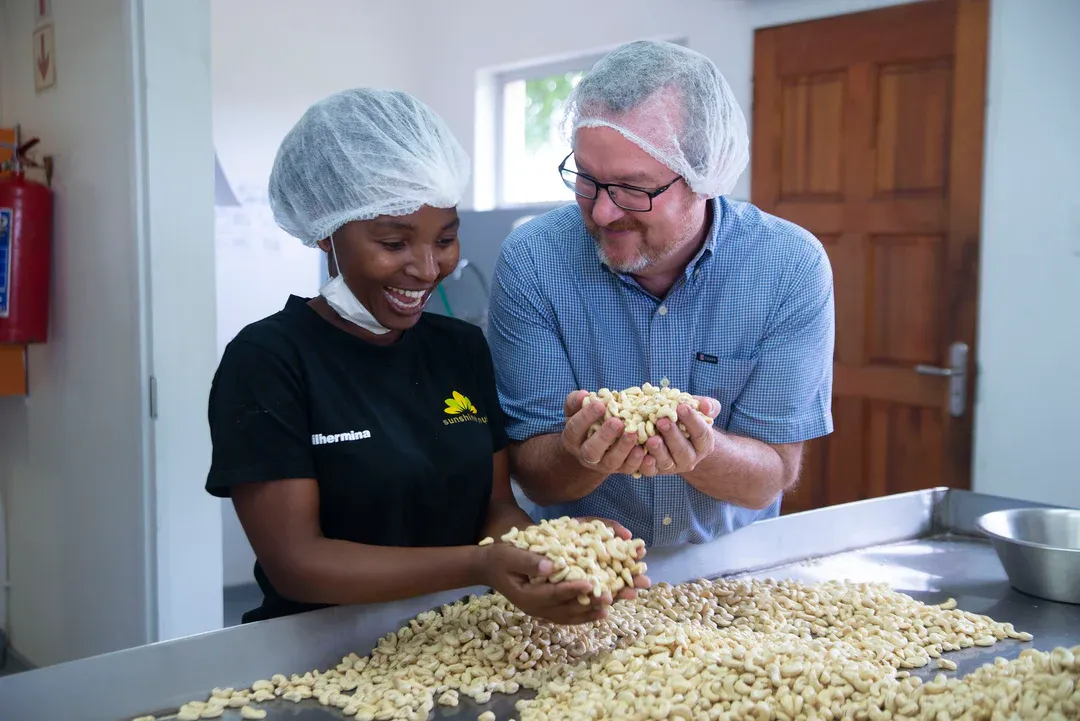
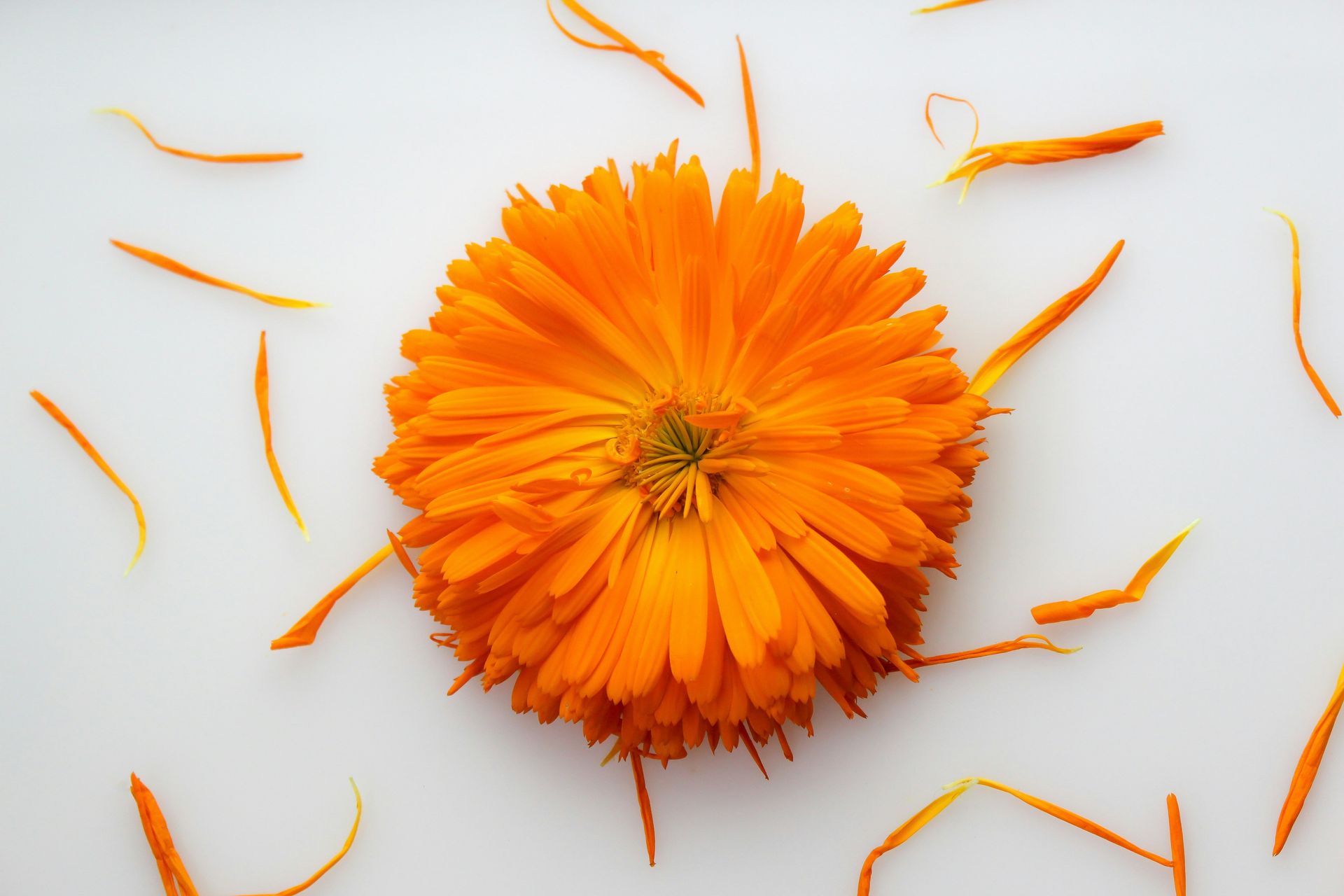
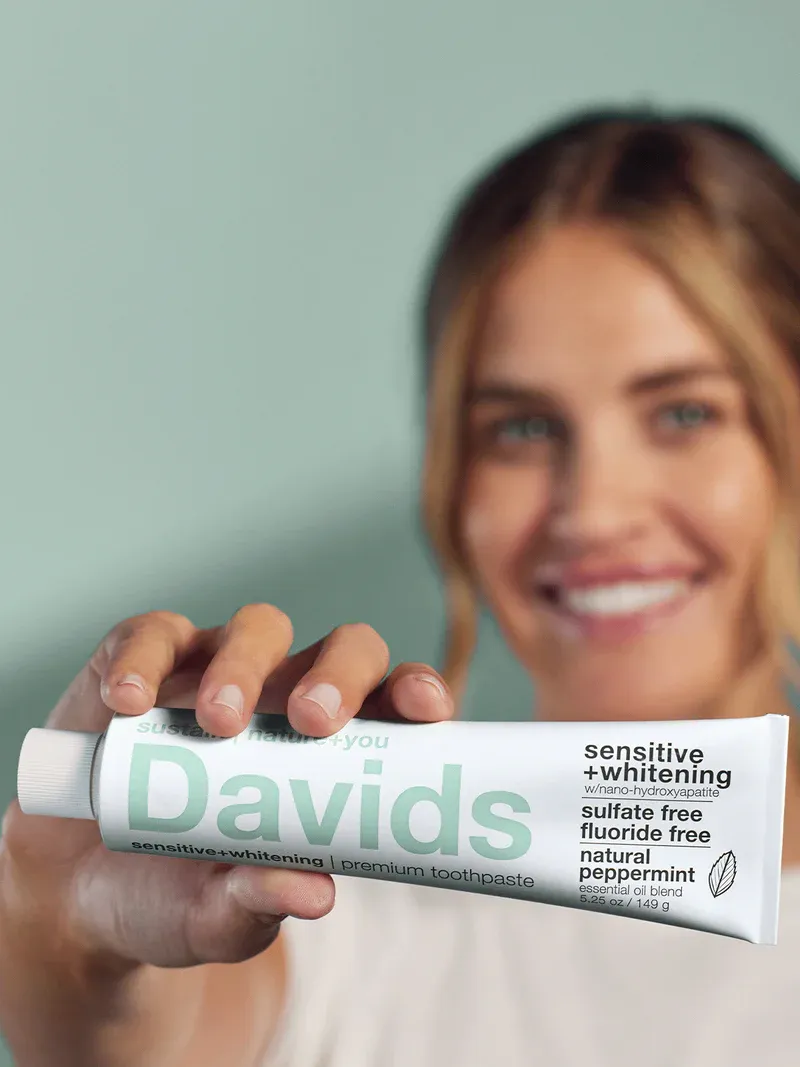


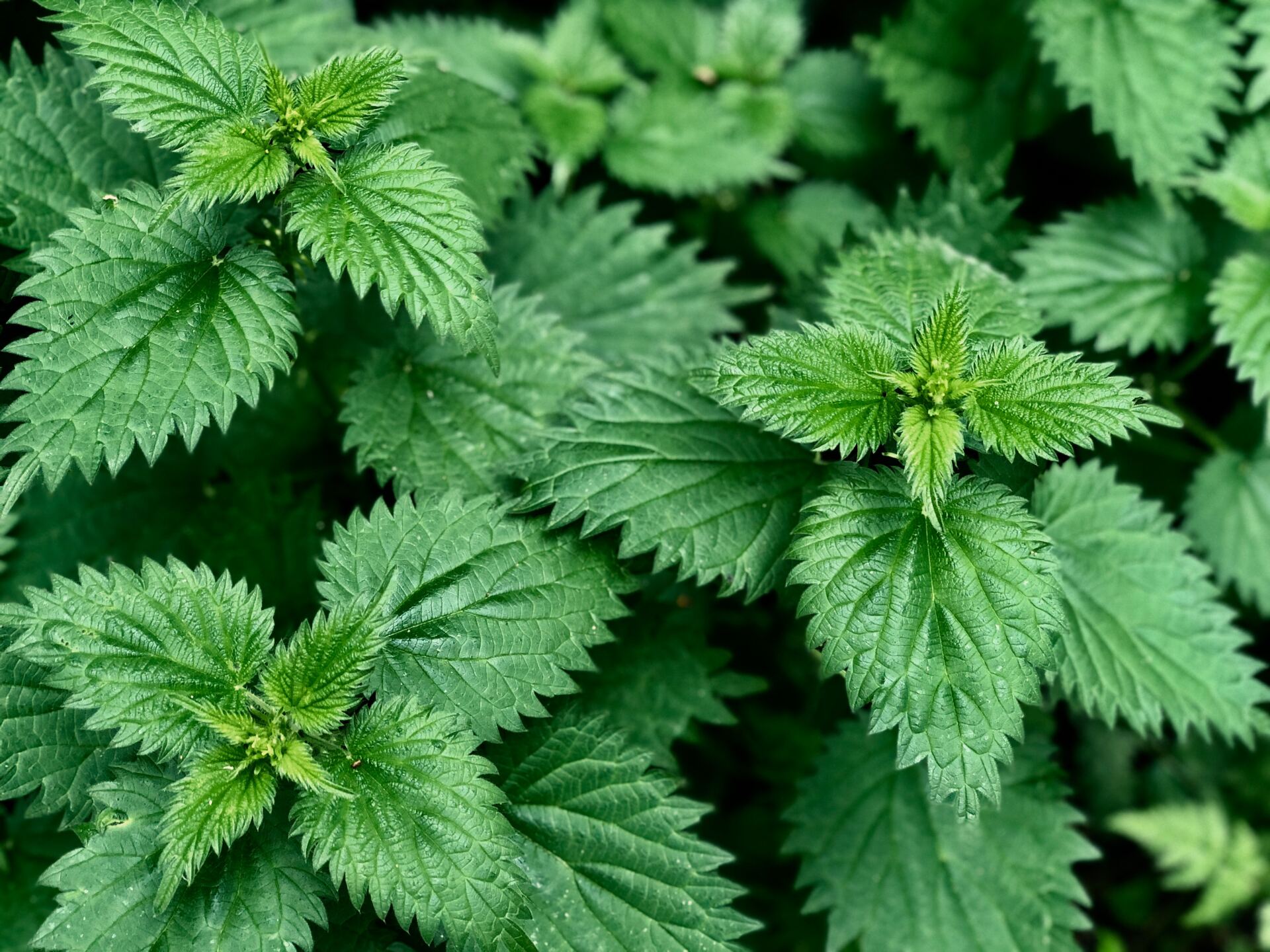



While a productive beehive can produce and store nearly two pounds of honey in just a single day, these little guys represent so much more than just the sweet stuff. In fact, you can thank honey bees for one out of every three bites of food you consume. With bee populations declining, the implications for humans are enormous. By taking action to save the bees now, we’re actually making a pledge to save ourselves.
Taking on that responsibility can seem daunting. Where can we even begin? In many cases, the best place to start might be right in your own backyard. Whether you’ve got a naturally green thumb or you simply want to make good use of your garden, there are plenty of ways to help your local bees thrive without ever leaving your home.
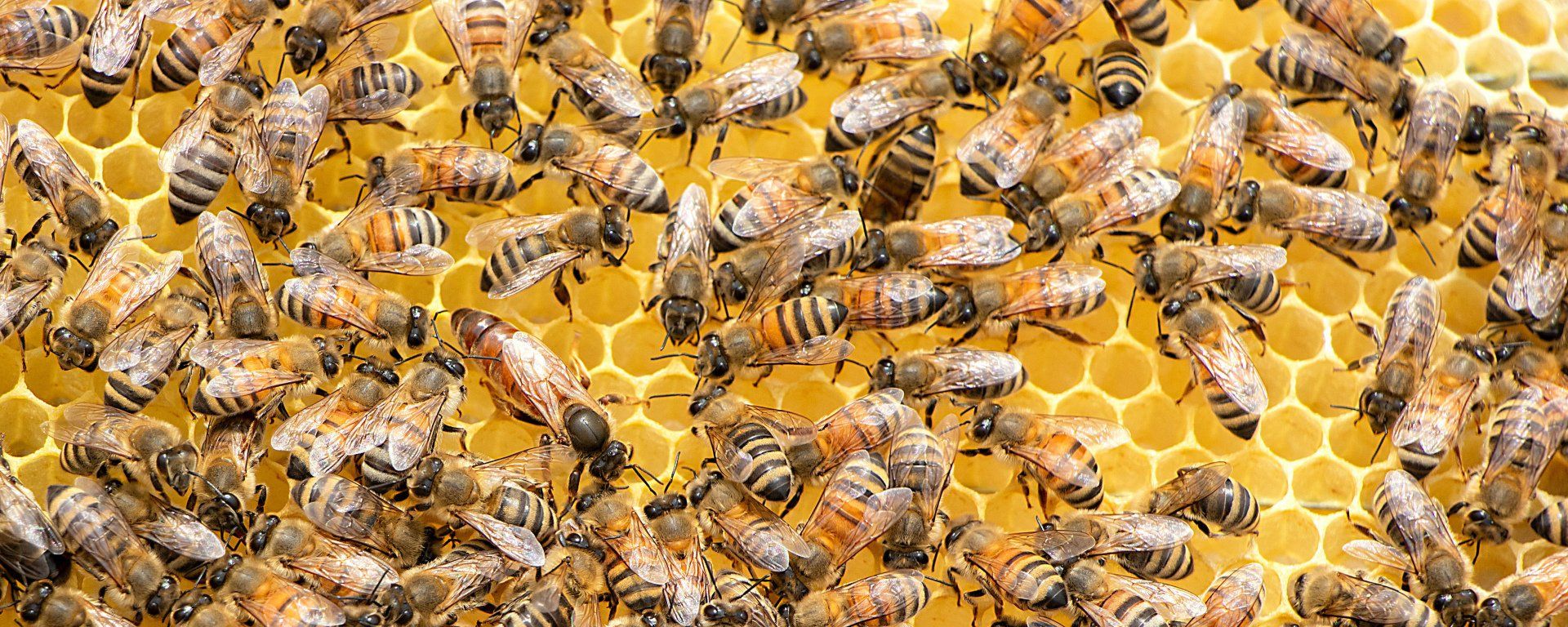
What would happen if bees ceased to exist?
All across the world, bees are disappearing. There are several causes for this, including global warming, pesticide use, and habitat loss. Together, these factors have contributed to what’s known as Colony Collapse Disorder. U.S. beekeepers now estimate that nearly one-third of all honeybee colonies across the nation have vanished. The rapidly dwindling bee population spells disaster for humankind.
More than one-third of all crop production in the United States requires pollination. That third encompasses upwards of 90 different types of crops, including all kinds of fruits, vegetables, and nuts. Bees are our nation’s primary pollinators, responsible for increasing fruit and vegetable harvest yields by up to 71% and adding at least $15 billion a year to our economy.
If we lose our bees, what else will we lose?
Without bees, you would never be able to enjoy many of your favorite foods. Consider the following staples that will no longer be readily available without these important pollinators:
- Apples - Oranges - Lemons - Limes - Almonds - Avocadoes
- Carrots - Cucumbers and pickles
- Blueberries - Cranberries
- Cherries - Raspberries - Onions
- Broccoli - Cantaloupe
- Cashews - Cauliflower
- Watermelon - Brussel sprouts
- Pumpkins - Zucchini - Coffee
- Mangos - Passionfruit - Apricots
- Plums - Peaches - Nectarines
- Pears ...and so much more.
While not all of these crops are readily grown throughout the United States, the national bee population crisis mirrors similar problems the world over and could indicate a global agricultural decline. That means that if things continue to get worse for American bees, we’re in big trouble.
What can gardeners do to help?
Farming practices and protections for bees must be improved on a national scale, of course, but that may leave you feeling relatively powerless to help on your own. Don’t despair. The truth is that you can make a huge impact by incorporating certain elements and practices into your own gardening endeavors. You can easily make your backyard both beautiful and buzzy by following the tips below.
Limit your use of insecticides
As a general rule, refrain from using pesticides (including insecticides), herbicides, and other chemicals in your garden or even on your lawn. These chemicals are typically toxic to bees and can even be harmful to your plants in the long run. Even low doses of these chemicals can kill bees who are just trying to forage for food. And when pesticides are inadvertently brought back to the colony, these toxins can infect all the other bees and even the honey. Take note that even “biodegradable” pesticides can harm both bees and humans. Instead, opt for natural pesticides like ladybugs and praying mantises, neem oil, vinegar, Epsom salt, or a homemade spray containing pepper, onion, or garlic.
Don't be too quick to weed or cut
If you’re an avid gardener, you might hate the sight of weeds infiltrating your lawn or garden -- even the flowering ones. But before you get rid of those dandelions and clovers, consider that these alleged undesirables can provide lots of deliciousness for your buzzing visitors. By keeping them right where they are, you’ll be helping your bee friends thrive. The same goes for flowers and vegetables you’ve actually taken the time to plant; if you harvest or deadhead these but leave them intact until all the flowers are completely gone, you’ll be able to support pollinators during their time of need (particularly when other options aren’t readily available).
Choose plants that bees love
Bees pollinate a wide variety of plants and may visit up to 15,000 flowers in a day’s time. But there are certain ones they really adore. Native wildflowers are a very popular choice, as they’ll thrive in your climate and will be sure to attract local bees. Flowering herbs like lavender, thyme, sage, rosemary, and mint are also excellent options (plus, they’ll make your garden smell incredible and will make sure your meals are flavorful!). Sunflowers, bachelor’s buttons, black-eyed susans, bee balm, goldenrod, coneflower, daisies, calendula, and marigolds are all great, too. Don’t forget about vegetable gardens and fruit trees!
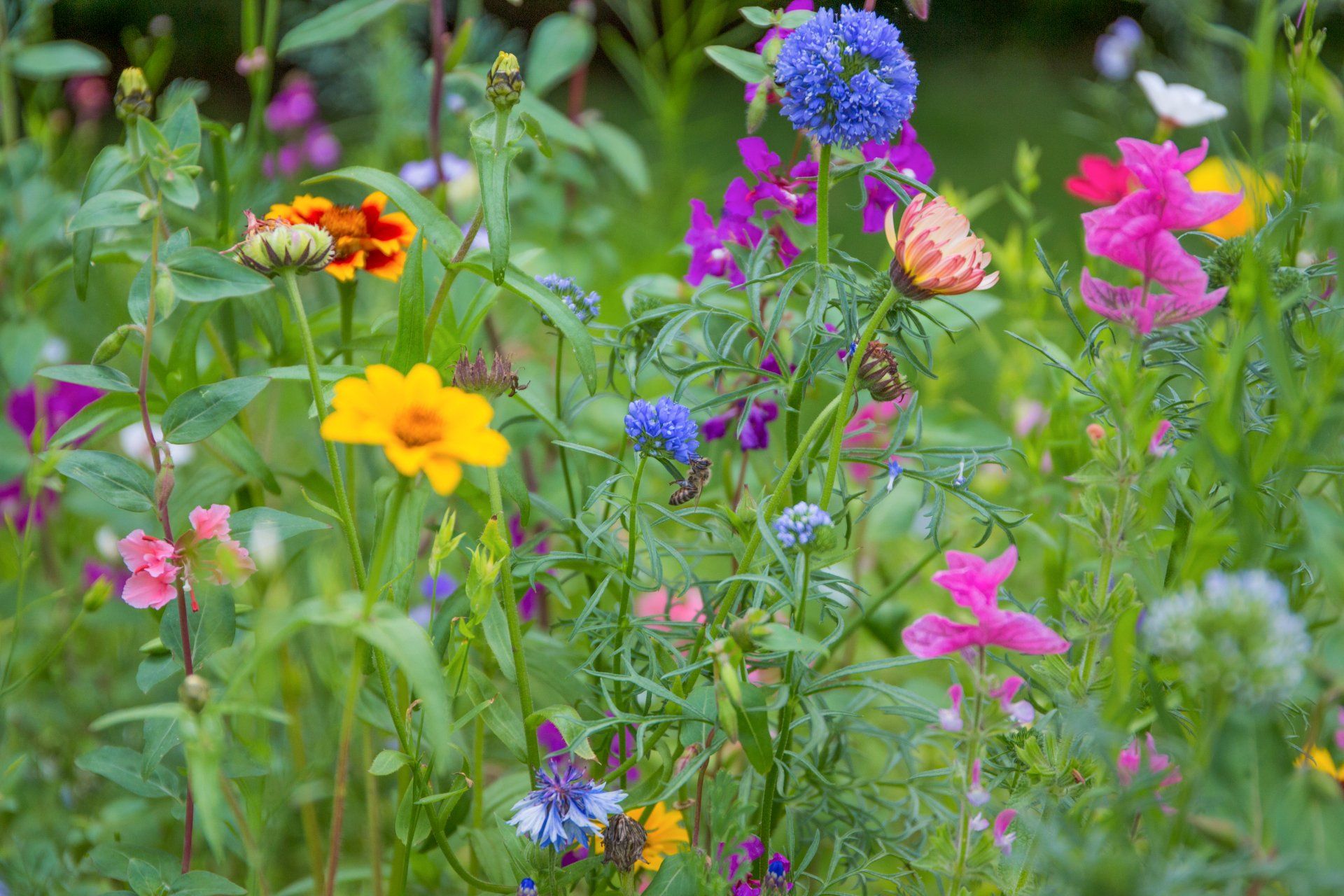
Create a water source
Bees, like all other animals, need water to survive. You can help them out by creating a shallow water source where they can drink. Fill a relatively flat container with water and be sure to include some pebbles and twigs for the bees to rest on while they hydrate. You can also use a bird bath with sloped walls. Be sure to freshen this water on a daily basis to let your visitors know they can return to this spot whenever they need a breather and some H2O.
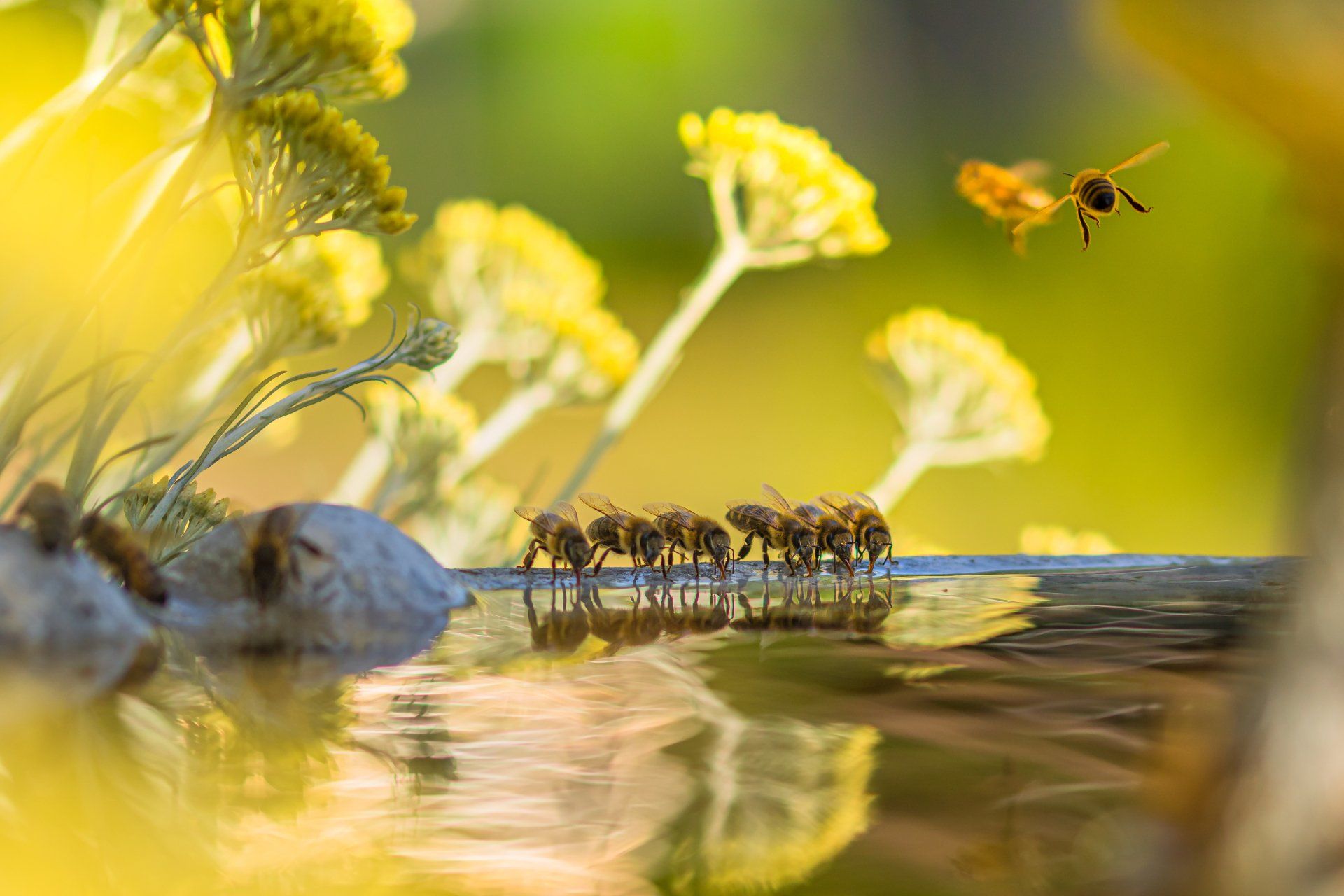
Provide a shelter and habitat
The idea of creating a makeshift nest for wayward bees might not exactly appeal to you; after all, the last thing you want is a bunch of angry, stinging insects coming after you. But bees only sting when they perceive a threat to their environment. By creating a welcoming home for them, they’ll be very happy to spend their days foraging for food. Lone bees will often like pieces of untreated wood, uncultivated soil, wilder hedges, or muddy spots. This might not make for the prettiest site, but dedicating a tucked away corner of your garden to this cause can make these little guys very happy. If you don’t want to go to those lengths, you can at least provide some shelter from the harsher elements by being creative with the placement of your potted plants and little spots in which bees can take temporary refuge.
Buy local honey
This is something just about anyone can do, even if they don’t like to garden. Beekeeping is an amazing endeavor, but the truth is that not everyone is cut out for it. If you try to take on this responsibility without the proper knowledge, you could end up doing more harm than good. That’s why it’s important to support your local beekeepers to ensure their efforts aren’t in vain.
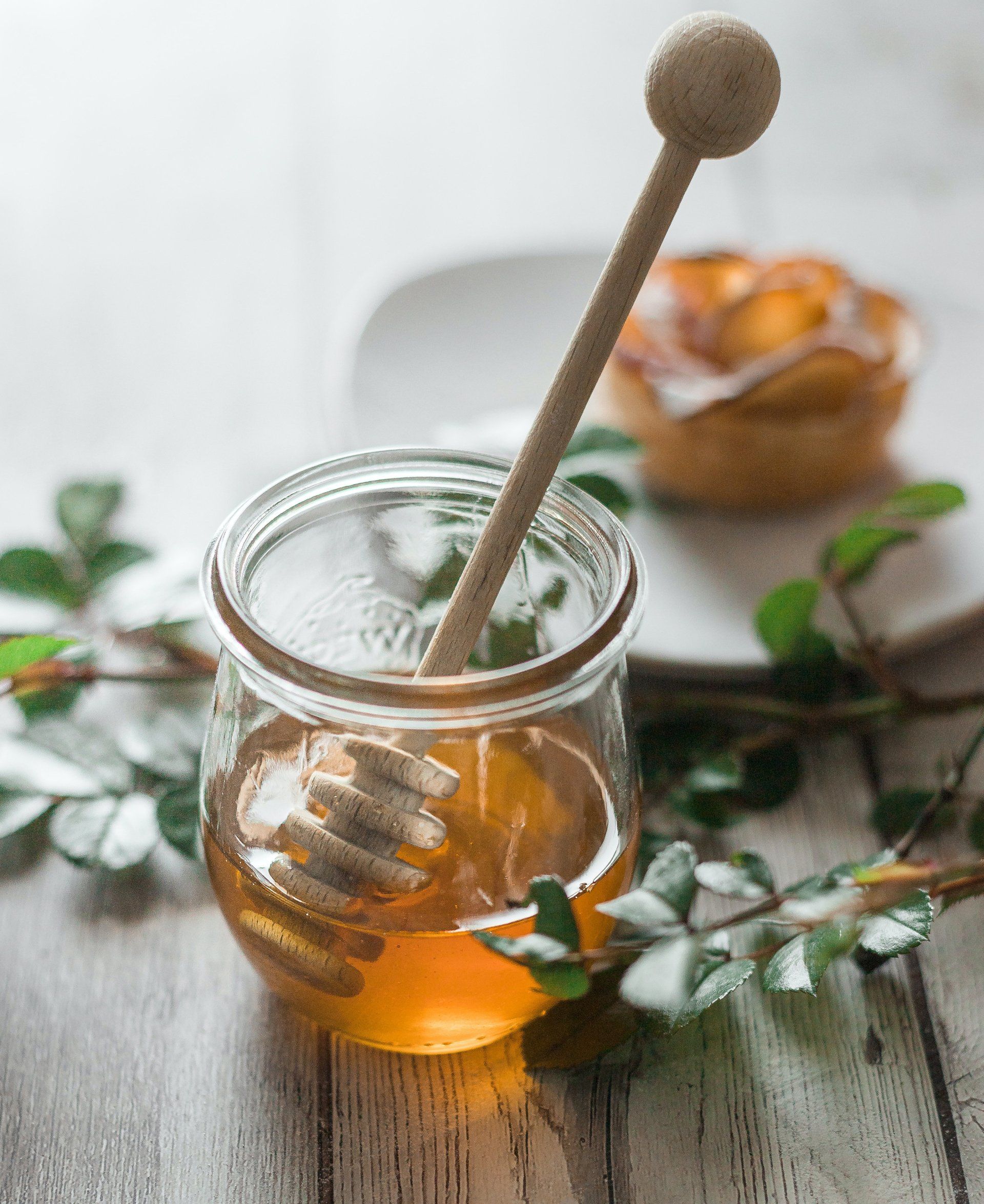
GloryBee is a Pacific Northwest based business on a mission to provide high quality, natural and organic, ethically sourced ingredients that nourish people and the planet.









Please give us a call for today’s deli hours as they can vary due to staffing.
Grab and go options are always available until close.
FEDERAL WAY
Monday-Saturday: 8 am - 8 pm
Sunday: 9 am - 7 pm
Please call for current deli counter service hours. Grab and go options available until closing.
2565 S. Gateway Center Place
Federal Way, WA 98003
TACOMA
Monday-Saturday: 8 am - 8 pm
Sunday: 9 am - 7 pm
Please call for current deli counter service hours. Grab and go options available until closing.
2951 S. 38th Street
Tacoma, WA 98409